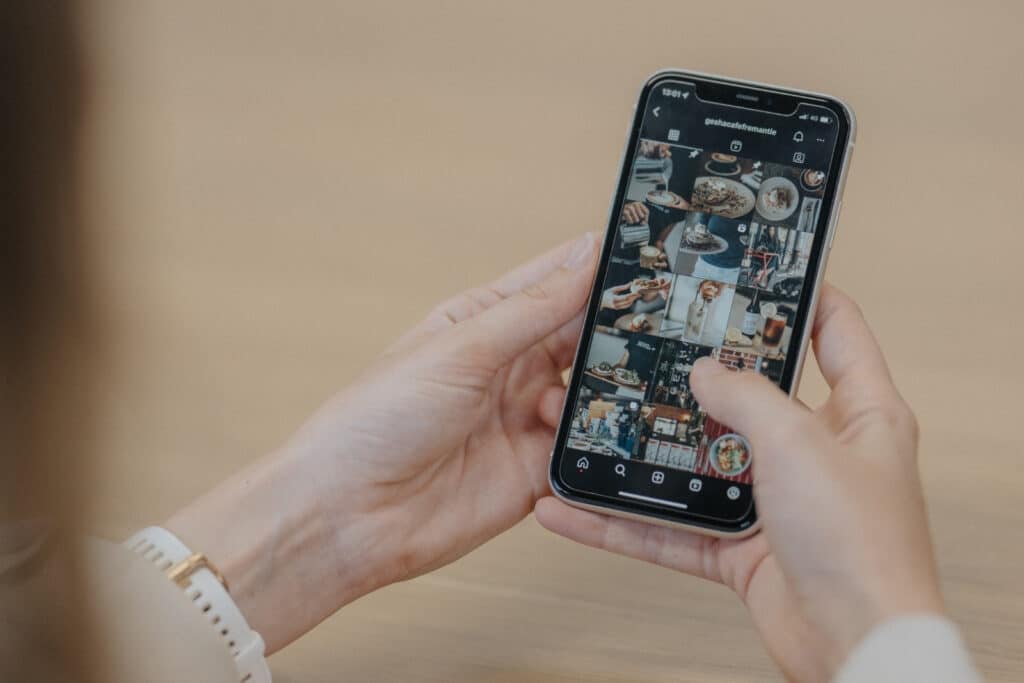ABOUT HASHTAGS
Hashtags first appeared on Twitter in 2007 when the feature was added during a hacking of the Twitter. So popular was the hashtag that Twitter developed it into its core functionality and it is now a feature of many other platforms such as Facebook, Google+, Instagram and Pinterest.
SO WHAT IS A HASHTAG?
Anything immediately proceeding a ‘#’ on supporting platforms is considered a hashtag on social media. As part of a tweet or post it will connect your content to all other content that included the same hashtag in what is known as a ‘thread’. Click on the following hashtag to see how content is put into a thread on Twitter #socialmedia. It is important to note that anyone can create and use any hashtag they want just by typing ‘#’ before it.
SO WHAT’S THE BENEFIT?
The biggest benefit is that it extends the reach of your content and delivers it to relevant users. Take the example of the hashtag #socialmedia, by including this in your content you are exposing it to anyone who is searching or monitoring #socialmedia threads. Users are already on the thread searching for your topic therefore adding to that gives you a direct line to interested users. Think of it like delivering coffee to someone who thinks “I wish I had a coffee right now”.
A second benefit is that it provided an excellent source of information; by monitoring a hashtag you can keep in touch with what people are saying about a particular topic or even about you! Take a recent example of the missing Malaysia Airlines flight MH370. Within minutes of the story breaking people could share their information, support and opinion via the hashtag #MH370. The power of this is allowing anyone with an interest to find an array of content surrounding the one topic; users can also contribute exposing their content to others who share interest in the topic.
HOW CAN BUSINESSES CAPITALISE ON A HASHTAG?
Hashtags can extend the reach of your content way beyond your active followers. Including a hashtag increases visibility for relevant users who are more likely to engage and start following your organisation. Take this tweet for example:
“The effect of social media on SEO”
Without any hashtags only those you have previously attracted (your followers) will see this. Now consider this revised tweet:
“The effect of #socialmedia on #SEO”
Your content is now exposed to everyone looking at both the #socialmedia and #SEO threads. Those users looking at these threads are also more likely to find value in your content and engage, further increasing your visibility and growing your presence online.
Businesses can leverage hashtag to attract potential clients, participating in a hashtag relevant to your business offering aligns your content with where your audience is. Take for example this hashtag thread for an upcoming social media conference #SMMW14; businesses offering social media services can participate and become exposed to hundred of people also interested in social media, some may be in the market for social media services.
Creating your own hashtag so all your content surrounding a certain topic can be found on one thread can be highly beneficial. This allows others to also engage with you using the hashtag and add benefit to the thread.
OPTIMISING YOUR HASHTAGS
You can include as many or as few hashtags as you want but consider these tips and remember these are tips not strict rules.
1 – Limit yourself to two: More than two distracts people from your message and reduces engagement.
2 – Make it relevant: Don’t just include hashtags of the trending topics, make sure it is relevant and will add benefit to anyone who finds it. Now this is a rule, twitter can ban you for including irrelevant hashtags.
3 – Use it naturally: Avoid inserting a hashtag at the end of your message; try to include them naturally.
4 – Facebook: Engagement of hashtag on Facebook is very low so avoid over using hashtag on this platform.
Use this as an example of a best practice on twitter.






